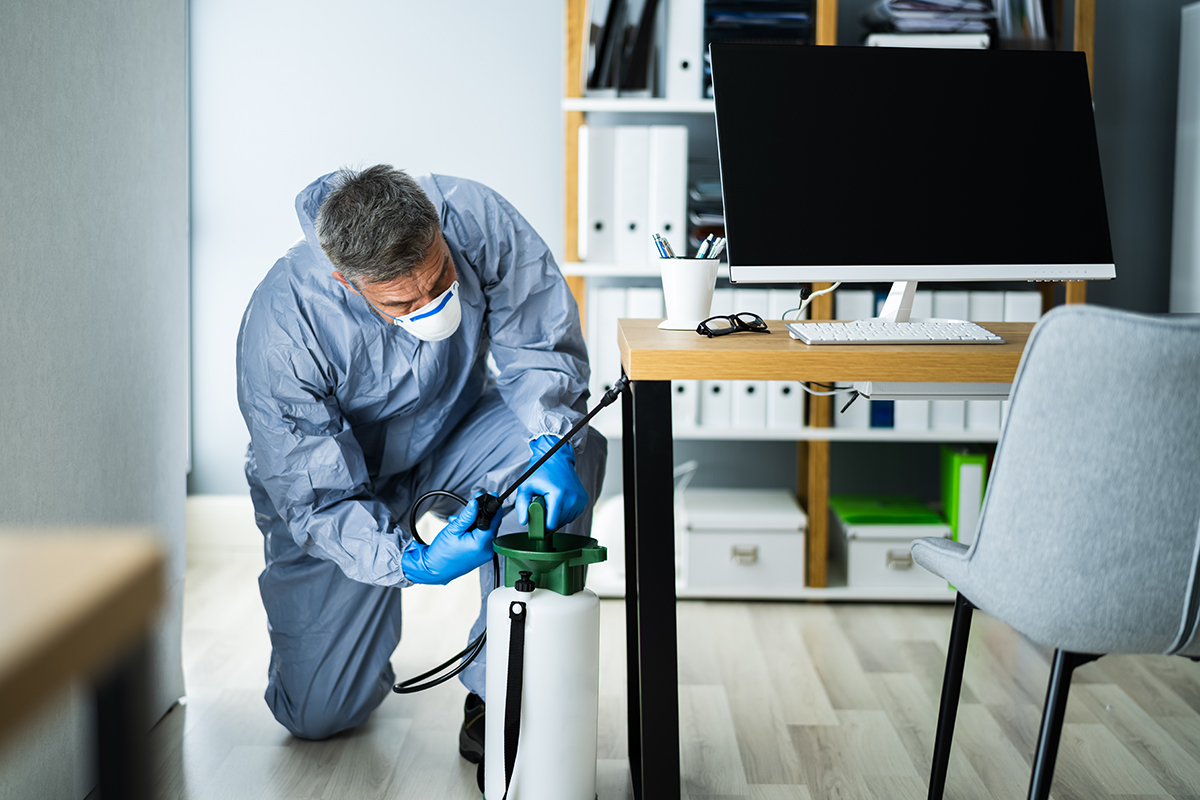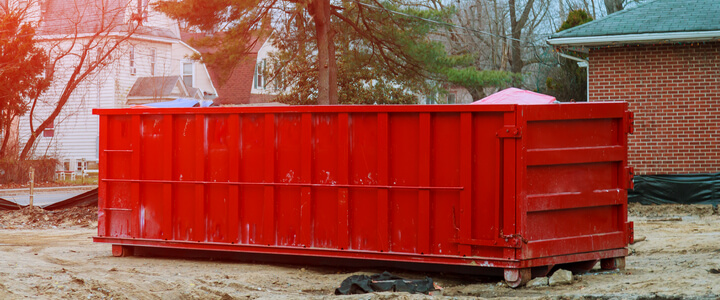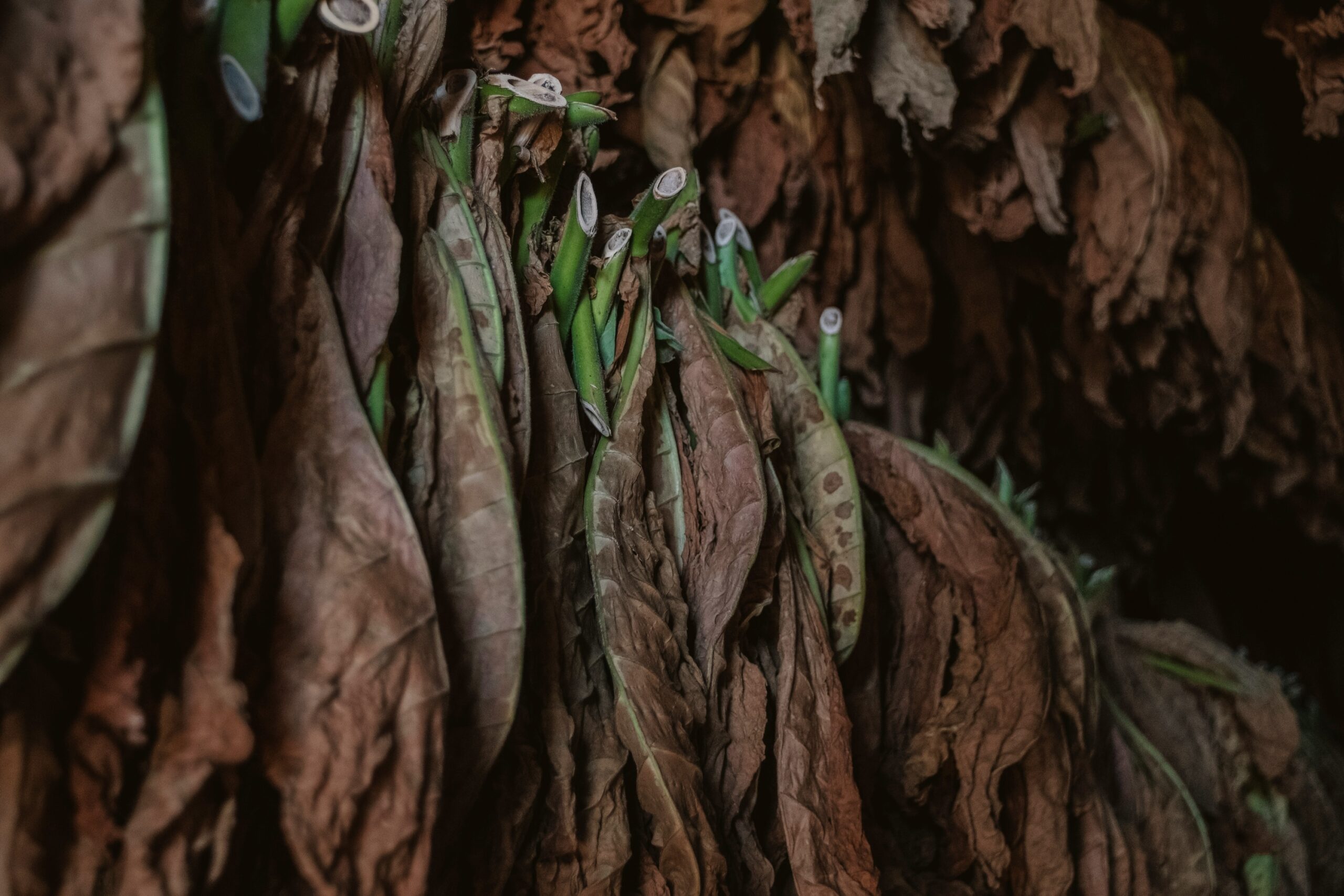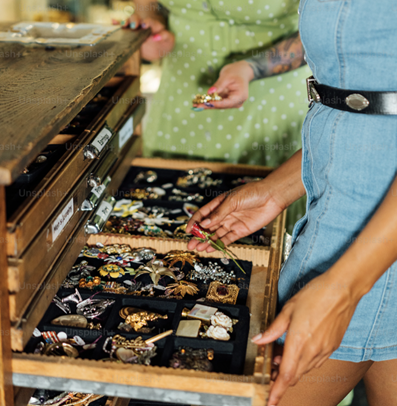10 Effective Strategies for Managing Pest Control Operations in a Eco-Friendly and Sustainable Way
As environmental concerns continue to shape our daily lives, the demand for eco-friendly and sustainable solutions is more pressing than ever. This holds especially true in the world of pest control operations, where traditional methods often involve chemicals and invasive processes.
Fortunately, by adopting effective strategies and mindful practices, it’s possible to deliver exceptional service while minimizing harm to both humans and the environment.
In this guide, we’ll explore various approaches that can help you manage pest control operations without compromising environmental integrity or operational efficiency.

Image Source: Unsplash
10 Eco-Friendly Strategies to Manage Pest Control Operations
Making the transition to more eco-friendly pest control practices is worth it in the end, even if it takes some time. Here are 10 eco-friendly strategies to manage your pest control operations.
1. Integrated Pest Management (IPM)
Integrated Pest Management (IPM) is a systematic and environmentally sensitive approach to pest control that prioritizes long-term solutions instead of temporary fixes. By combining biocontrol, habitat modification, and non-toxic pesticides, IPM aims to minimize overall harm.
This holistic strategy prevents potential damage caused by pests and reduces the need for chemical interventions, promoting a sustainable way to maintain the ecosystem’s well-being. Overall, IPM demonstrates a responsible commitment to ecological preservation and sensibility.
2. Implement Smart Scheduling with Technology
Implementing smart scheduling with technology greatly enhances the efficiency and effectiveness of your pest control operations. When you utilize advanced software, such as Briostack’s pest control software, you can streamline task coordination across your team.
This digital approach to scheduling allows for better responsiveness to client needs while simultaneously reducing the overall environmental footprint of your operations. In this way, technology supports more sustainable and eco-friendly practices within the pest control industry.
3. Prevention Through Education
Prevention through education emphasizes the importance of proactive measures in sustainable pest control. By raising awareness among clients about waste management and property maintenance, you empower them to take responsibility for keeping their living spaces pest-free.
Equipping individuals with knowledge regarding sanitation practices, landscape modifications, and natural deterrents prevents infestations and promotes long-term solutions. Through education, you cultivate a cycle of informed decision-making that supports green pest control.
4. Efficient Tools and Techniques
In the realm of eco-friendly pest control, choosing efficient tools and techniques is vital for minimizing environmental impact. By utilizing power vacuums, heat treatments, and trapping methods, you can tackle infestations effectively while reducing your dependence on chemicals.
These innovative tools provide a more sustainable approach to managing pests by targeting only the nuisances themselves instead of compromising the surrounding environment. Additionally, optimized equipment fosters operational efficiency, conserving valuable resources.

5. Monitor Pest Populations
Monitoring pest populations is an essential practice in achieving sustainable pest control operations. When you keep an eye on pests over a period, you can assess whether an intervention is necessary or if the situation remains manageable without interference.
Regular population tracking allows you to adapt your approach and resources accordingly, ensuring that each case receives tailored care rather than excessive and potentially harmful treatments. Moreover, monitoring empowers a well-thought-out response to infestations.
6. Utilize Biological Controls
Utilizing biological controls is an innovative, eco-friendly method to manage pest populations without resorting to chemical intervention. This approach leverages the natural predator-prey relationships that occur in ecosystems to regulate the number of pests effectively.
For example, introducing beneficial organisms, such as parasitic wasps or ladybugs, can naturally mitigate caterpillar and aphid populations through predation or parasitism. When you work in harmony with nature, you achieve balanced and sustainable pest control operations.
7. Natural Pesticides
Natural pesticides play a crucial role in sustainable pest control by offering eco-friendly alternatives to synthetic chemicals. Derived from plants, minerals, or other organic sources, these substances are less toxic and better suited for an environmentally sensitive approach.
Effective natural pesticides like neem oil deter various pests through biological mechanisms, while diatomaceous earth causes physical damage to insects’ exoskeletons without harming the surrounding ecosystem. These eco-friendly options help reduce our reliance on chemicals.
8. Encourage Community Involvement
Encouraging community involvement in pest control operations fosters a collaborative approach to maintaining a pest-free environment. You can establish more practical guidelines for sustainable pest control in your neighborhood when you partner with residents and businesses.
This shared responsibility creates a powerful synergy that enhances the effectiveness of your pest control strategies while also promoting environmental stewardship among all participants. As communities work together towards common goals, they help create healthier living spaces.
9. Regular Maintenance Checks
Regular maintenance checks are a fundamental component of sustainable pest control operations. By consistently inspecting your clients’ properties, you can identify and address minor issues before they evolve into larger, more challenging problems to control or tackle.
Proactive prevention measures such as sealing entry points, removing food sources, and ensuring proper sanitation save time and money and contribute to a comprehensive approach to managing pests effectively. These checks also show you have a commitment to excellence.
10. Collaborate With Environmental Organizations
Collaborating with environmental organizations and governmental agencies is an excellent way to stay informed about the latest eco-friendly pest control techniques, policies, and regulations. After all, these organizations can enhance your expertise in sustainable pest control practices.
This collaboration can elevate your pest control operations to new heights of success and reflects a responsible commitment to environmental stewardship. Ultimately, working together with like-minded organizations enables you to provide services grounded in eco-preservation.
In Conclusion…
Adopting effective and eco-friendly strategies for managing pest control operations is not only possible but also beneficial to our environment and the long-term success of your business.
By embracing sustainable practices such as Integrated Pest Management, utilizing biological controls, and consistently monitoring pest populations, you’re well on your way toward a more responsible approach to maintaining pest-free spaces for both businesses and individuals.
So take that first step today by implementing these environmentally conscious methods into your pest control business. Together, we can create healthier homes, businesses, and communities while preserving our planet’s delicate ecosystems for generations to come.



















